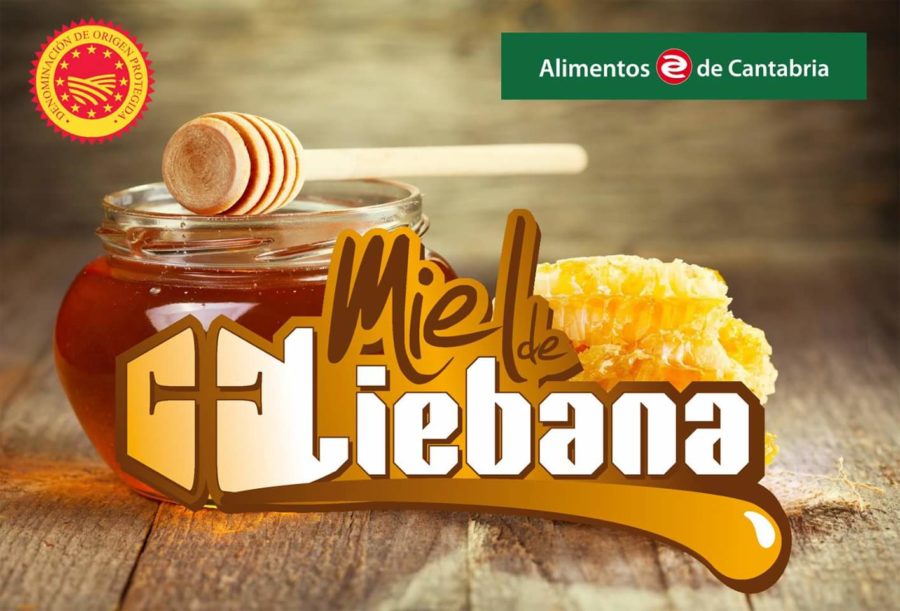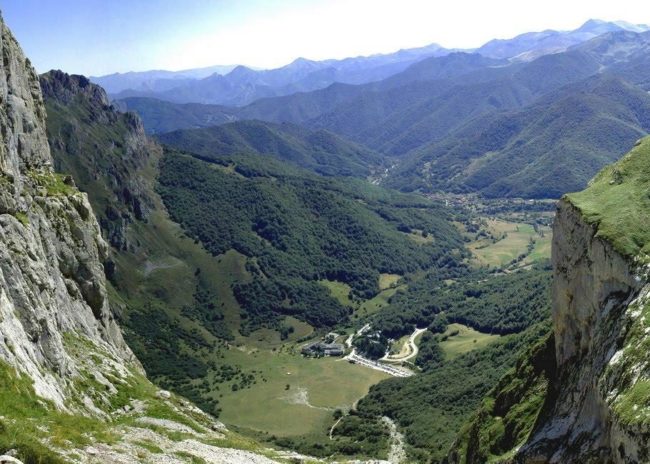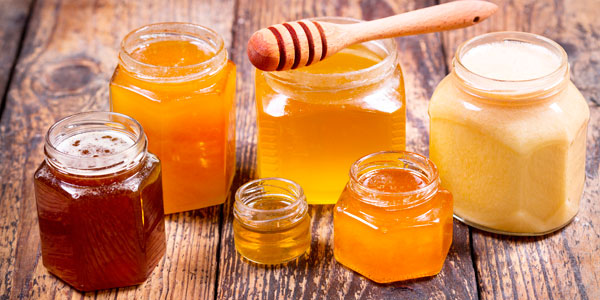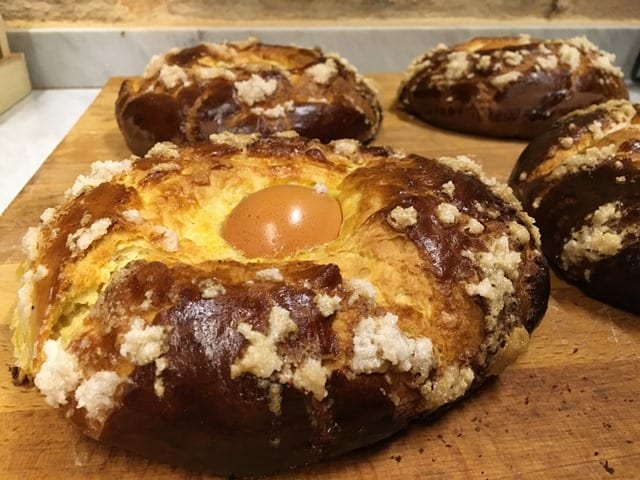La Liébana honey it is unique. It comes from a beautiful Cantabrian valley that turns out to be a Eden for bees. That is why we present to you all the secrets that earned it the Denomination of Origin. Did you know that the papers of the tithe to church? Discover another mythical Spanish honey like the one we already described in another of our texts: that of The Alcarria.
A honey with history
Yet another article on the goofy and friendly favorite food Winnie the Pooh. This particular honey comes from the Liébana region, en Cantabria. This includes municipalities such as Cabezón de Liébana, Camaleño, Cillorigo de Liébana, Pesaguero, Potes, Tresviso and Vega de Liébana. All of them have the favorable microclimate that provides them valley. Thus, we are talking about a paradisiacal environment for bees. The large expanses of flowers that sprout each spring are much more than just a visual appeal.
The first thing to note is that the Liébana honey got in 2016 his Protected Designation of Origin (DOP). Obtaining it was a long process, since it is not enough to say that the liquid comes from a long tradition. That is why the beekeepers had to prove it. They used documents from tithe that the inhabitants of the area paid to the Church during the Middle Ages. In addition, they used the Cadastre of the Marquis of Ensenada during eighteenth century. This referred to the amount of beehives produced in the valley.
Finally, they provided sources that confirmed the production of wax for Santo Toribio monastery. These date from V century! There was nothing more to declare and what they did was wait. The conversations started in 2003 and they finally achieved their goal almost ten years later, in 2016. This quality assurance reinforces your image in a ruthless environment. We are talking about how this honey cannot compete against industrially produced hives that even export. But what is so special about this Liébana honey?

What is Liébana honey like?
We can classify it into two clearly defined groups:
On the one hand we have the monofloral heather honey. This is characterized by having a minimum percentage of 45% pollen from this flower. Heather is the plant that decorates the slopes of the Picos de Europa. The rest corresponds to other autochthonous species of the Liébana valley. As for the color, we can describe it as a shade amber with nuances reddish-brown. On the other hand, scent is heavy floral and of a medium intensity. As well as its taste is bitter with very marked notes of salt. Its tendency to crystallization is medium and this occurs in a fine grain.
On the other, we can talk about the honeydew honey. This colored honey amber almost black comes from oak and holm oak honeydew. Also from heather nectar and blackberry. What we have called honeydew is nothing other than forest honey. This variety, for its part, has a wood scent low intensity with a slight malt component. In addition, it has an aftertaste with certain salty components. Unlike the previous one, it has a low tendency to crystallization and its texture is fluid.

Process of extraction
La Liébana honey it is mined in the old fashioned way. Vertical hives of moving pictures to raise bees. Once the beekeepers want to collect the honey, they remove these tables by means of brushed. Another system used is the air under presure. They also usually smoke a little hive with natural fuel. Just as during the honey production period, the bees are not fed artificially. As for the product extraction process, this is carried out by centrifuging the combs or by decantation.
Another guarantee of the DOP Liébana honey is that the temperature of this food does not exceed 40ºC in any process. Finally, we recall that the crystallization of the final product. This is how a beekeeper can achieve between three and five tons per year of this wonder with at least 500 hives.
Little more can be said about this thick sweet liquid from such small beings. Hopefully the next time you buy it you will notice the label. Is much more than honey what you buy and if it is Spanish, much better.






